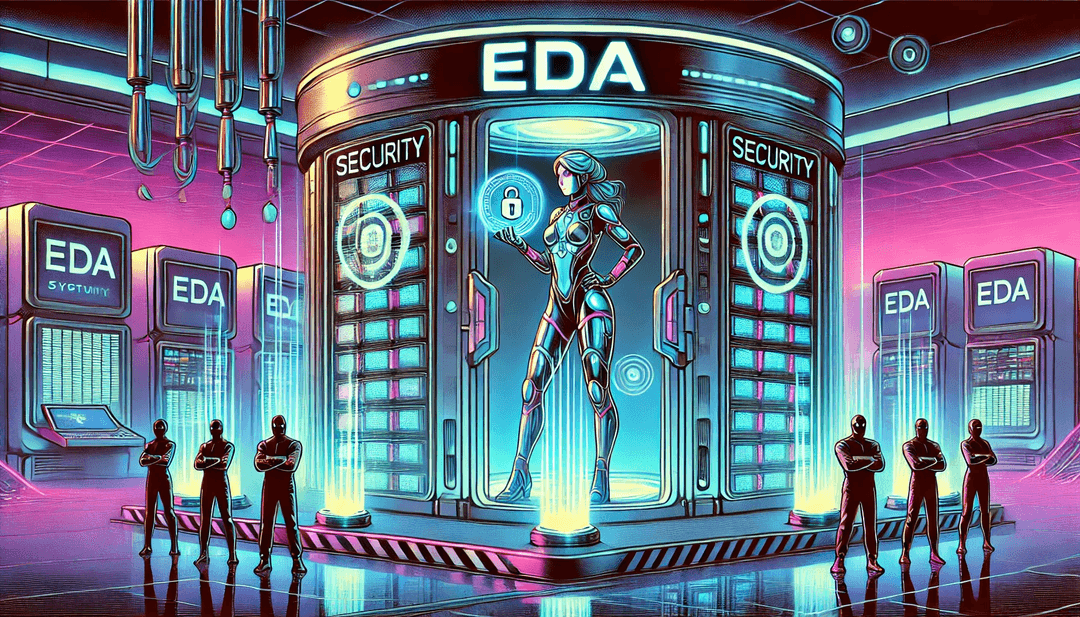Backpressure – Event-Driven Architecture Performance optimization
Posted on the 26th of March, 2025

So, you’re diving into Event-Driven Architecture (EDA)? Great choice! EDA is all about maximizing throughput and handling tasks asynchronously, making sure producers and consumers stay decoupled. This means events can be processed in parallel, leading to better resource utilization. Sounds awesome, right?
But here’s the catch—without proper design, producers can overwhelm consumers that process data at a slower rate. That’s where backpressure comes into play.
Backpressure – Why Should You Care?
The term backpressure originally comes from the oil and gas industry, where it’s used to regulate pressure in pipelines, ensuring everything flows smoothly. In software development, we use it to describe controlling the flow of data to prevent system overloads.

Backpressure (or back pressure) it’s used widely to explain a problem or sugest the solution. I’ll be using here as the solution.
Think of it like a highway. If cars (data) enter too fast and pile up at an exit ramp (slow consumer), the whole system slows down. Backpressure is the Traffic Officer who keeps things moving efficiently. Without it, we risk congestion, delays, and, worst case, system crashes.
Backpressure Strategies
So, what can we do about it? One of the solutions here would be to scale vertically, but let’s put this solution aside. There are three main strategies to handle backpressure:
Buffering – "Hold on, let me catch up!"
The producer temporarily stores excess data until the consumer can process it. Sounds simple, but there’s a big risk—if the producer keeps sending at a high rate, the buffer will eventually overflow. And then? Boom—system failure.

Dropping Data – "Just ignore some of it."
This strategy means throwing away some data when there’s too much coming in. But let’s be real—most of the time, losing data isn’t an option. Would you be okay if a payment transaction got “dropped”? Probably not.

Controlling the Producer – "Hey, slow down!"
Now, this is the best approach. Instead of letting the producer flood the system, we give it feedback: “Chill out! I can’t keep up!”. This way, the producer slows down dynamically based on the consumer’s processing speed, ensuring everything flows smoothly.

Of course, this is almost the same strategy as buffering, but with an open channel of communication between the consumer and producer.
How is Backpressure Implemented?
Good news—you don’t have to build this from scratch. Many message brokers and streaming platforms like Kafka, RabbitMQ, and Reactive Streams already have backpressure mechanisms in place. You just need to configure them. They allow consumers to control how much data they receive, preventing overload.
For example:
- Kafka: Uses consumer lag monitoring to adjust processing speed.
- RabbitMQ: Supports acknowledgment-based flow control.
- Reactive Streams (RxJava, Project Reactor, Akka Streams): Implement backpressure natively, allowing fine-grained control.
The key takeaway? Backpressure isn’t just a “nice-to-have”—it’s a must for ensuring system stability and efficiency.
In Conclusion
Backpressure is like having a smart braking system in your architecture—it prevents crashes, smooths out performance, and keeps everything running efficiently. Whether you're building a real-time analytics system, an IoT platform, or a high-volume payment gateway, applying backpressure ensures your consumers don’t drown in a flood of events.
So next time your system starts slowing down under load, ask yourself: Do I need better backpressure? Because chances are, the answer is yes.
We at Qala are building an Event Gateway called Q-Flow—a cutting-edge solution designed to meet the challenges of real-time scalability head-on. If you're interested in learning more, check out Q-Flow here or feel free to sign up for free. Let’s take your system to the next level together.

